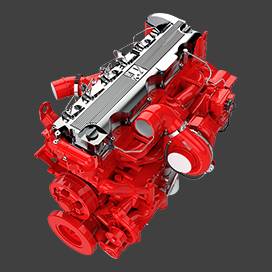Nov . 01, 2024 08:42 Back to list
Determining the Correct Brake Drum Turning Amount for Optimal Performance
How Much to Turn Brake Drums Understanding the Process
Brake drums are crucial components in a vehicle's braking system, especially in older models that utilize drum brakes. Over time, these drums can wear down due to friction created during braking, which affects their efficiency and safety. Consequently, it is essential to know when and how much to turn brake drums to maintain optimal braking performance.
What Does Turning Brake Drums Mean?
Turning brake drums, also known as machining or resurfacing, involves removing a thin layer of material from the inner surface of the drum. This process helps restore the drum's original shape, ensuring that it contacts the brake shoes evenly. A properly machined drum improves braking power, reduces noise, and extends the lifespan of brake components.
When Should You Turn Brake Drums?
The necessity to turn brake drums depends on several factors, including wear patterns, noise levels, and the feel of the brake pedal. Common signs that your brake drums may need turning include
1. Uneven Wear If you notice that your vehicle pulls to one side when braking, it may indicate that one or more of your drums are unevenly worn. 2. Vibration If you feel a pulsation in the brake pedal when applying the brakes, it might be due to a warped drum.
3. Squeaking or Grinding Noises Unusual sounds can suggest that the drum might need resurfacing or replacement.
how much to turn brake drums

4. Increased Stopping Distance If you find that you need to press the brake pedal harder or longer to stop, your drums might not be providing adequate grip.
How Much to Turn Brake Drums
The amount to turn brake drums typically depends on how much wear has occurred. Most mechanics recommend that if the drum's wall thickness is within the manufacturer’s specifications, you can machine it. However, you should not remove more than the allowable limit. Most drums have a maximum thickness that can be machined, which is generally marked on the drum itself or specified in the manufacturer's service manual.
Over-machining can lead to structural integrity issues, resulting in a higher chance of failure or reduced braking performance. A rule of thumb is to remove just enough material to create a smooth, even surface while staying within these thickness limits.
The Machining Process
Turning brake drums is typically performed by a professional using a brake lathe. The drum is mounted on the lathe, which spins it while a cutting tool grinds off the worn surface. The technician checks for correct dimensions throughout the process to ensure that the drum remains within the specified limits.
Conclusion
Turning brake drums is an essential part of vehicle maintenance, especially for those using drum brake systems. Understanding when to turn and how much to turn can significantly enhance your vehicle's safety and performance. If you suspect your brake drums are due for resurfacing, it is advisable to consult a qualified mechanic who can assess their condition and recommend the best course of action. Regular maintenance, including turning brake drums when necessary, ensures your vehicle remains safe and reliable on the road.
-
Scania Brake Drums: OEM Quality for Optimal Safety & Durability
NewsAug.16,2025
-
R.V.I: Advanced Remote Visual Inspection for Precision
NewsAug.15,2025
-
Discover HYUNDA: Innovative Vehicles, Equipment & Solutions
NewsAug.14,2025
-
R.V.I: Unlock Advanced Insights & Real-time Performance
NewsAug.13,2025
-
Kamaz Brake Drum: Durable & Reliable for Heavy Duty Trucks
NewsAug.12,2025
-
Heavy Duty Iveco Brake Drum - Premium Quality & Safety
NewsAug.11,2025
